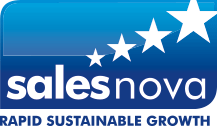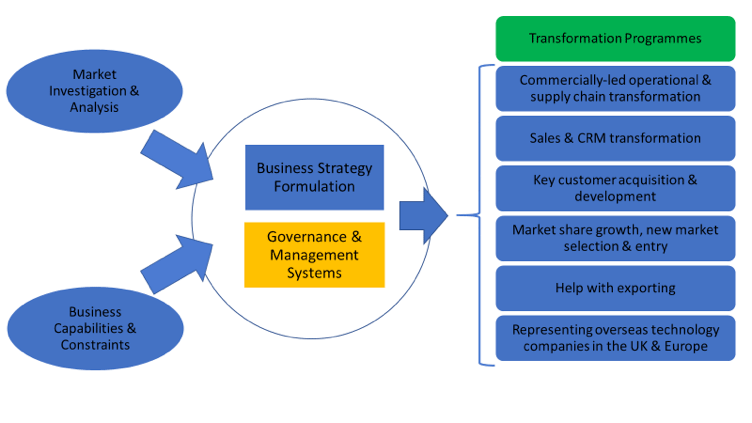Governance and Management Systems

Effective Governance & Management Systems
Effective Governance & Management Systems
Sales Nova Interim Executives work with shareholders and senior management teams to design and implement effective governance models and management systems.
Our approach leads by considering the following:
- Shareholders:
- Facilitating shareholders to express their 3-5year vision and the limits of empowerment they wish to place on the Board. Then ensuring the Articles of Association reflect these in the Terms of Reference for the Board and the Reserved Matters for the shareholders.
- Setting a clear annual mandate for the Board, aligned to delivering the vision.
- Setting out clear review and reporting requirements and a calendar of these events, with deadlines for the receipt of repots in advance.
- Board Structure & Objectives:
- Executive and Non-Executive Board structure, skills audit and the potential for independent non-Executive Directors to close skills gaps necessary to the delivery of the shareholders 3-5 year vision and the exercise of good governance.
- The recognition and management of potential conflicts of interest of Board members.
- Developing management’s strategic objectives, fully aligned to the shareholder vision and annual mandate. Sales Nova often brings shareholders and management together to facilitate this process, using tools such as Hoshin Kanri. The output from this exercise allows the senior team to develop budgeted strategic business plans.
- Board Meetings: – Structure, Agenda, Reports & Minutes including separating the roles of the Board:
- to approve annual business plans and to hold management accountable for business performance against them;
- to set & review strategy and authorise and review the progress of change, business improvement and growth projects; and
- to record how the options for important decisions were identified and evaluated prior to decision execution.
- Management System: Designing, implementing and supporting employees to adopt an operating management system to ensure the business is well run day-to-day, including:
- Routine management events and their participants, inputs, outputs and recipients.
- Formulation of business KPIs & targets aligned to Board Strategic Objectives & KPIs and cascading them downwards by engaging employees in the layer below in the KPI and target development process.
- Visual management of KPIs and trends, reporting upwards and ensuring agile supervision and management awareness & decision making when escalation is required.
- Daily / Weekly / Monthly reviews of business performance at every level in the organisation, culminating in a Monthly Operating Review by the senior team prior to a Board Meeting.
- Personal and team objectives & targets.
- 1:1 and team performance reviews.
Commercial Transformation
& Mobilisation Programme
& Mobilisation Programme


